The logo selection of Standards And Partners is based on the spirit of the Standards And Partners logo, which manifests itself in the spirit of Taurus, which is evident in the presence and spirit of Anatolia, symbolized, and is the representative of rebirth, fertility, life, power and power. It is not an ordinary or random choice.

Bull Spirit

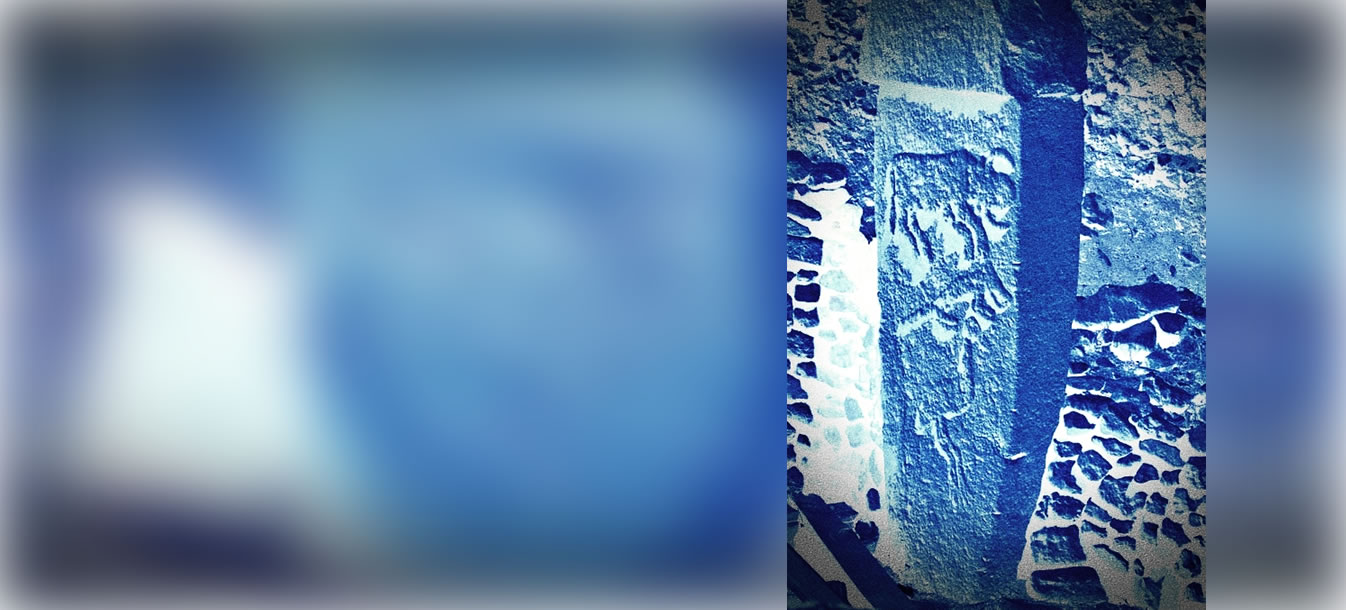
Known Features of the Bull Spirit
The bull symbolizes the rebirth, the beginning of rebirth. It represents strength, efficiency, strength and courage.
Taurus has been used as a figure and symbol in many ages and cultures. We see the symbolism of Taurus in almost all cultures. It appears as a symbol of rebirth, fertility, life and heaven. Taurus also represents a sign corresponding to the spring months. Looking at its historical process, it is April and May due to the deliberate use of spring, which coincides with the re-start.
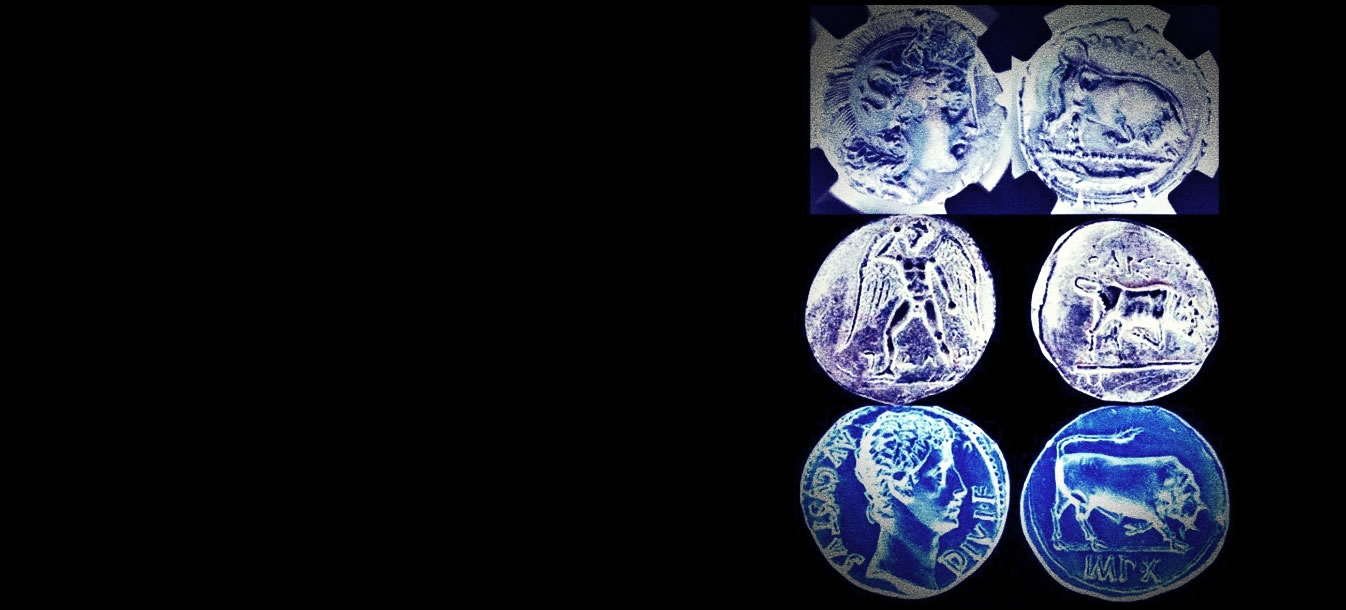
Bull figure in temples
Meaning of Bull Figure in Temples
When we look at the scientific explanation of the bull figure in the temple, the fact that the ox is among the horns means that the world is in the gravitational field of the ox. It means the world of rebirth and renewal. The world between the horns of oxen means the effect of rebirth, renewal, self-magnetic attraction, spiritual gravity, spiritual power, divine power, energy from the soul and all the supreme wound. • Taurus is a symbol of abundance and strength in the Sumerians. Taurus, one of the most important divine animals, was first found in the Sumerian beliefs, followed by the belief in the sanctity of the bull in almost all primitive beliefs.
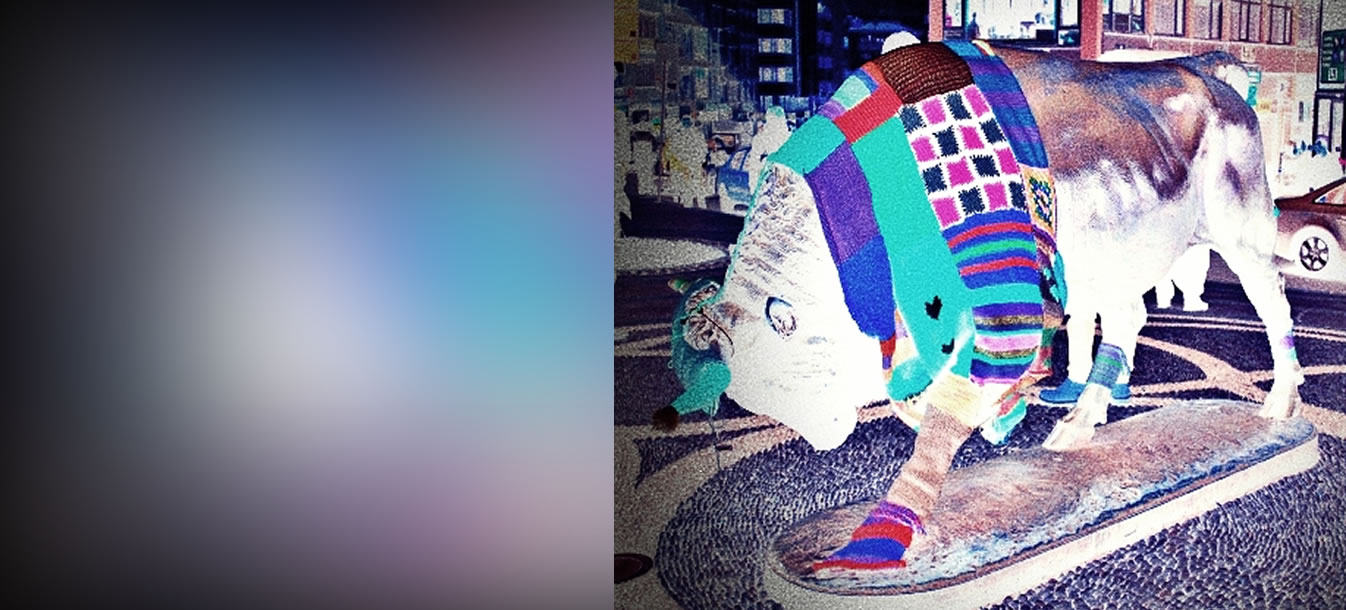
Historical Course of the Bull
Taurus is a creature that first found identity and soul in Anatolia.
Taurus is a creature that first found identity and soul in Anatolia. Boğ lar Torlar Land ’’ ‘’ The Land of High Places ’,‘ ’The Land of Lights’, ‘Ül The Land of the Bulls var’ the bull has left a deep mark in Anatolia in history. Looking at the south from Çatalhöyük, the traces of the bull in the Taurus Mountains, Şanlıurfa and Göbekli Tepe, which took its name from the Sacred Taurus, are the starting point of the character and spirit attributed to the bull in today's world. The domesticated bull, which was domesticated in 4500 BC, had an impact on power and reproduction, soil and agriculture around Anatolia and Mesopotamia.
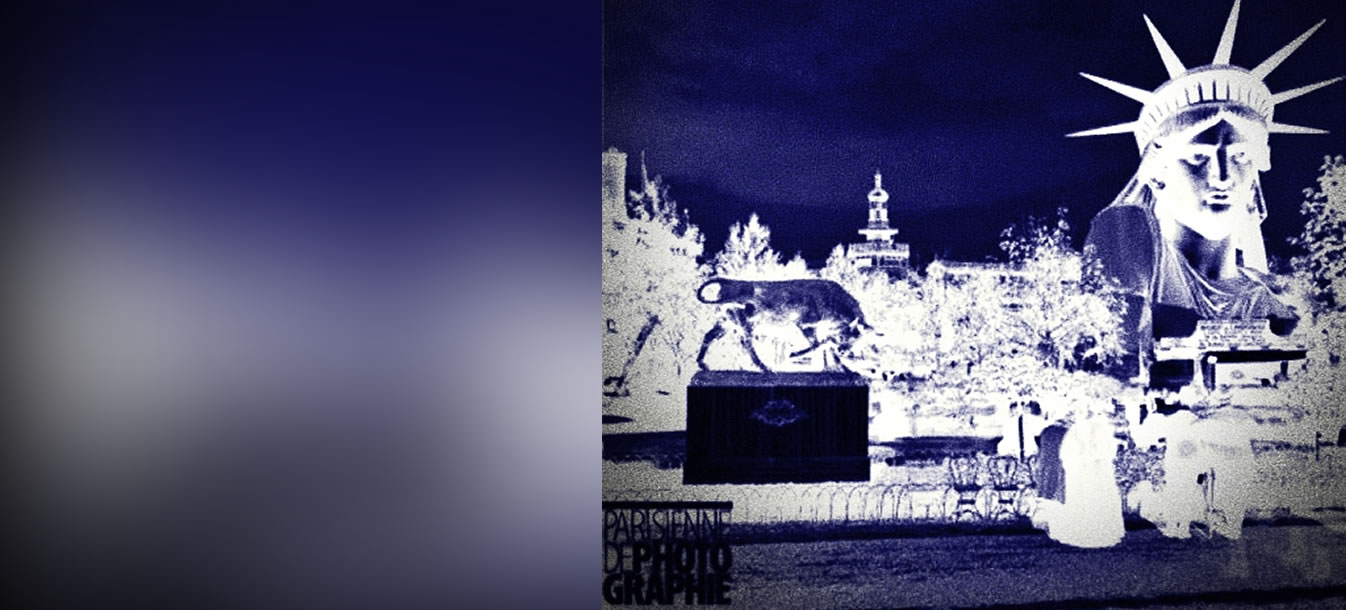
Historical Course of the Bull 2
Taurus is a creature that first found identity and soul in Anatolia.
The figure of lion attacking the bull, which took place in Diyarbakır Ulu Mosque, built in 639, reflects the traces of the bull in the history of religions. The bull, thought to be domesticated approximately 6500 years ago, was respected for its power and reproduction in Anatolia and its immediate surroundings, as well as for its effective role in cultivation and agricultural production. The Taurus symbol, which experienced some deviation in the Ottoman period, has gained its true meaning again and it is believed that it protects the house where it was hanged from evil and evil eye.
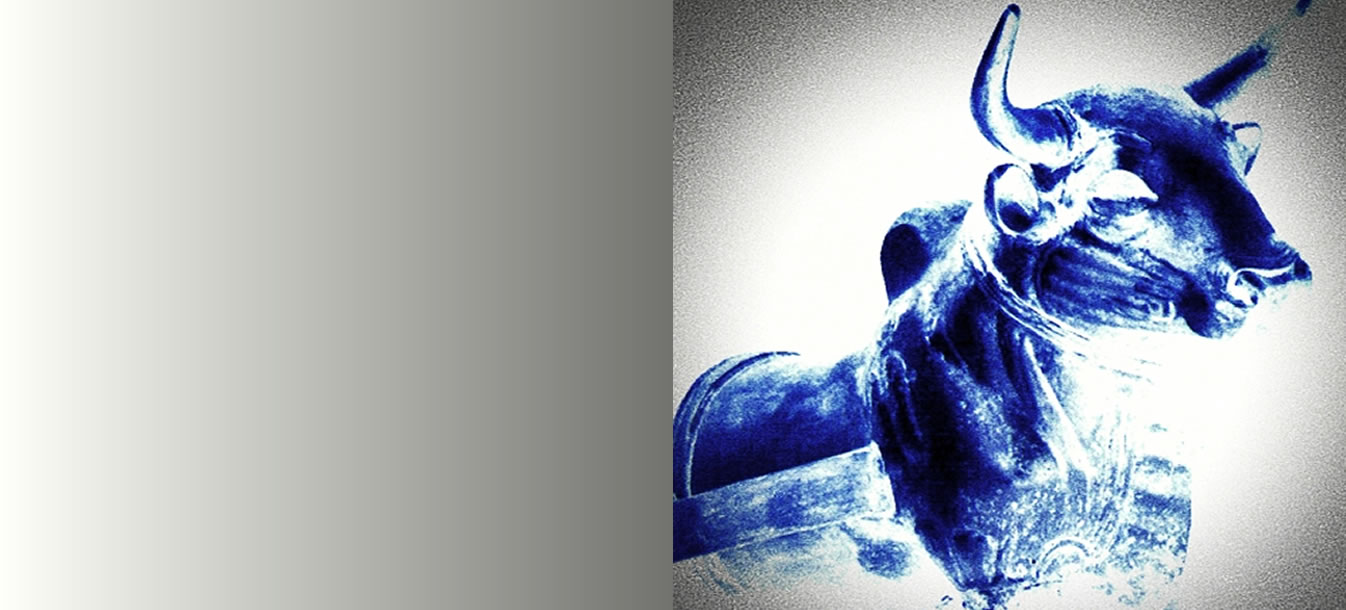
Historical Course of the Bull 3
Taurus heads in the form of symmetry are used in sarcophagi.
In the sarcophagi found in the mosaic museum of Antakya, which dates back to 4000 BC, the heads of bulls were used in the form of symmetry. The bull appeared on stage in Egypt in 2500 BC and was considered sacred. Apis, the god of the bulls, represented the goddess Isis. Apis, carrying a sun and a moon disc between its horns, is also considered the God of death and rebirth. In Mesopotamia, the Moon God Sin was given the form of Taurus, and in Egypt the Moon Goddess was accepted as the oğ Taurus of the Stars ”. • Bull culture In 2700-2000 BC, even in Crete, Cyprus, Sardinia and Malta Islands, bull heads and horns are hanging on the walls of the house even today.
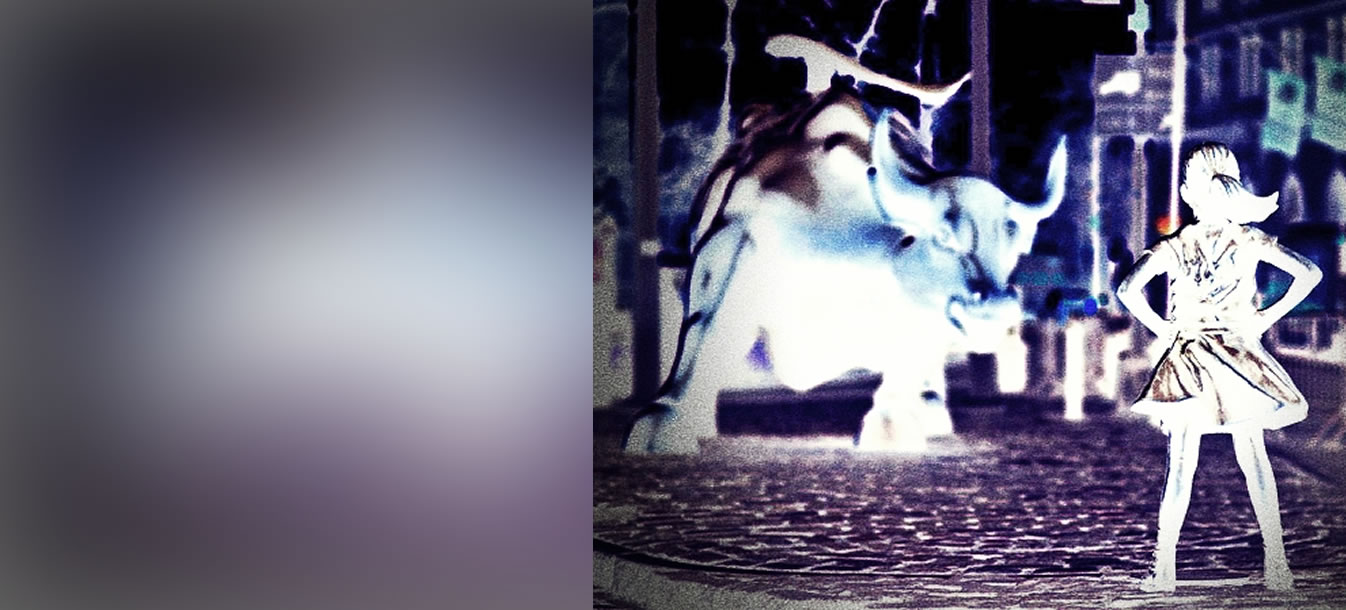
Historical Course of the Bull 4
The importance of the gods was tried to be indicated by the bull horns.
B.C. The importance of the gods shown in the main stage of the Yazılıkaya Temple in Hattuşaş, the Hittite capital dating back to the 13th century, was tried to be indicated by the bull horns placed on the outer edges of the triangular shaped hats. In Greek mythology, Zeus fell in love with a mortal beautiful girl and took the form of a Taurus. The polytheistic civilization, whose exact origin was still unknown and not discovered until the nineteenth century, was the Hittite bull, the greatest God, symbolizing the coming of life again. Its use as a symbol of God and its horns appearing in many symbols, and the local pot with horn handles bore the symbol of the universe.
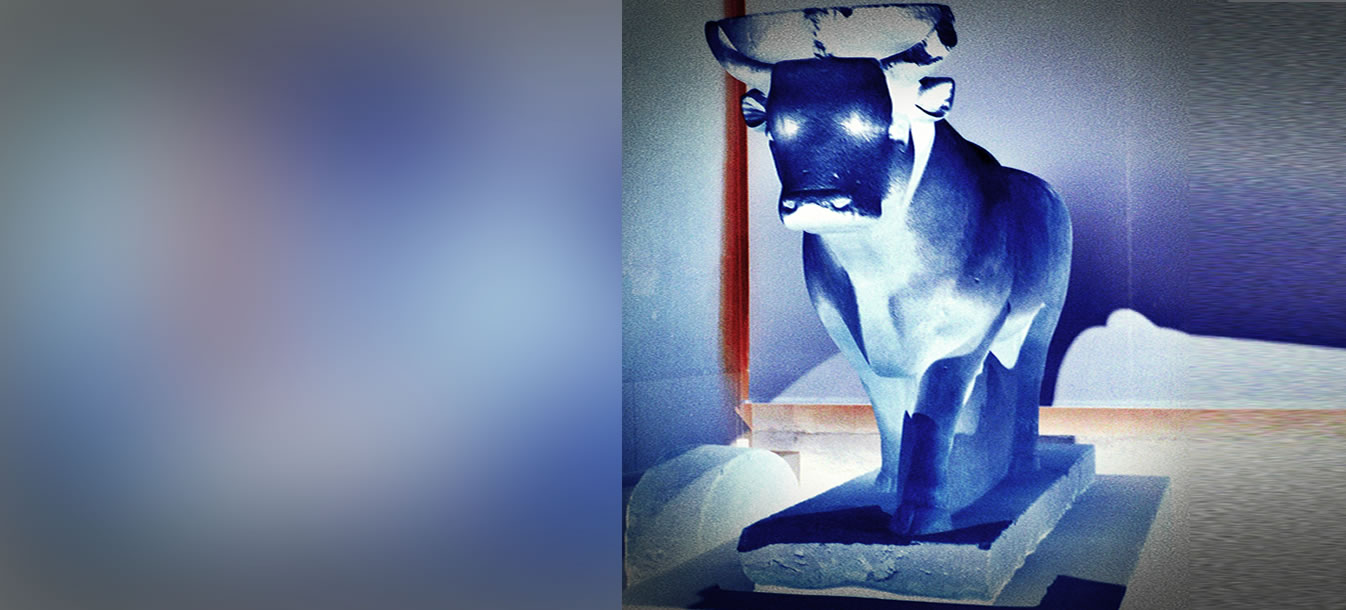
Historical Course of the Bull 5
The journey of the bull statue in Kadıköy
The sculpture of the Bull, which was not shared between France and Germany by the sculptor Isidore Bonheure in the 1800s, did not last much rest in Germany and was put in the garden of Enver Pasha's palace in 1917. At the end of World War I, Enver Pasha went abroad and the statue was forgotten in the garden of that palace and moved to the garden of Hilton Hotel after 50 years. Then he is taken to Lütfi Kırdar Convention and Exhibition Center and then to Taksim Gezi Park. In the early 1970s, Istanbul's Anatolian side began to travel. The first stop in Kadıköy remains in front of Kadıköy Municipality for 20 years. In the early 1990s it moved to its current location.
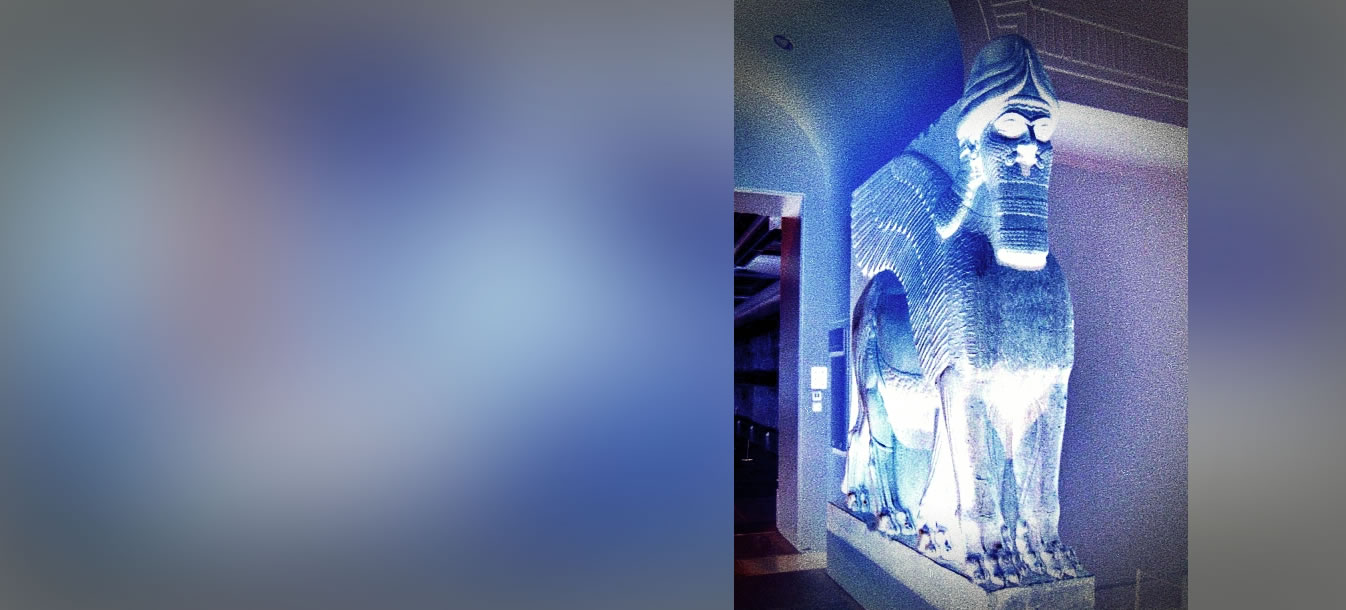
Historical Course of the Bull 6
Charging Bull statue on Wall Street in front of the New York Stock Exchange
The Arturo Di Modica's reputation today is the first in charge of the Charging Bull sculpture erected on Wall Street in front of the New York Stock Exchange overnight. This Taurus statue soon became a city legend and became an international landmark. The sculptor spent more than 2 years at Charging Bull in his studio on Crosby Street in Soho, Manhattan. Weighing 3.5 tons and 5.5 meters tall, this encouraging statue was erected by Arturo on Friday, December 15, 1989 in front of the New York Stock Exchange, but it was a gift not only to New York but to the world.
